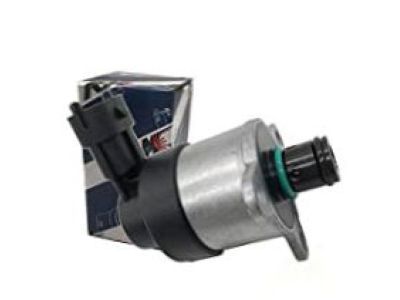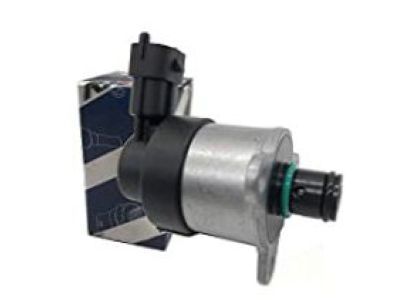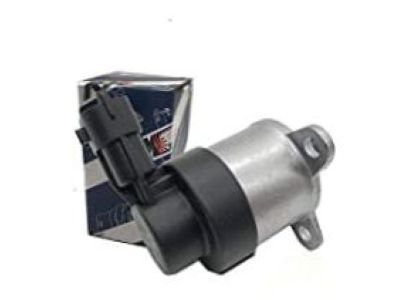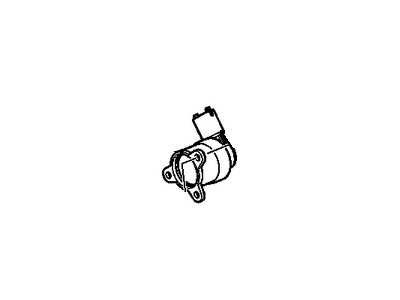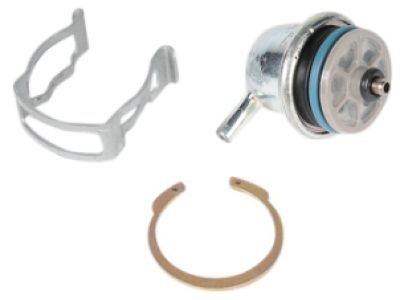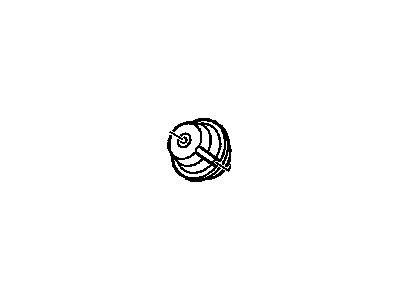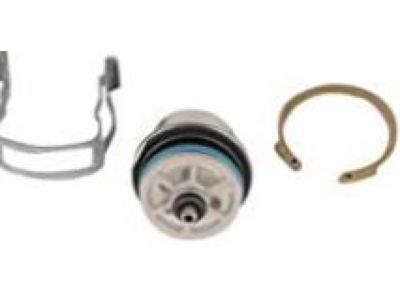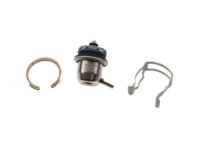ChevyParts
My Garage
My Account
Cart
OEM GMC Savana 2500 Fuel Pressure Regulator
Fuel Tank Pressure Regulator- Select Vehicle by Model
- Select Vehicle by VIN
Select Vehicle by Model
orMake
Model
Year
Select Vehicle by VIN
For the most accurate results, select vehicle by your VIN (Vehicle Identification Number).
4 Fuel Pressure Regulators found
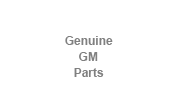
GMC Savana 2500 Fuel Pressure Regulator Part Number: 97384667
$302.37 MSRP: $475.76You Save: $173.39 (37%)Ships in 1-2 Business Days
GMC Savana 2500 Fuel Pressure Regulator Part Number: 19245530
$92.92 MSRP: $188.72You Save: $95.80 (51%)Ships in 1-3 Business DaysGMC Savana 2500 Fuel Pressure Regulator Part Number: 19210686
$77.57 MSRP: $157.56You Save: $79.99 (51%)Ships in 1-2 Business DaysGMC Savana 2500 Valve Part Number: 23343500
GMC Savana 2500 Fuel Pressure Regulator
Want to cut long-term maintenance and repair costs? Choose OEM Fuel Pressure Regulator. Those parts deliver top durability you can trust. On our site, you'll find a huge catalog of genuine GMC Savana 2500 parts. Prices are unbeatable, so you can keep more in your pocket. Every OEM GMC Savana 2500 Fuel Pressure Regulator includes a manufacturer's warranty. You can also get an easy return policy that keeps buying risk free. Fast delivery, get your car on the road quickly. It's simple to search, compare, and order. Stop guessing about quality or fit. Order today and save with parts that last.
GMC Savana 2500 Fuel Pressure Regulator Parts Questions & Experts Answers
- Q: How to service and repair the fuel pressure regulator on GMC Savana 2500?A:Service and repair operations on the Fuel Pressure Regulator must begin with reducing fuel system pressure. The first maintenance step requires the removal of the Fuel Pressure Regulator vacuum line then cleaning dirt from both the regulator retainer and adjacent area. First remove the Fuel Pressure Regulator retainer before taking out the Fuel Pressure Regulator itself. All elements including back up ring and regulator seal o-ring and regulator filter and regulator seal o-ring should be absent from the fuel rail. Install the new Fuel Pressure Regulator retainer by verifying that its tabs must be positioned correctly on straight vacuum port retainers, but the angle vacuum port retainer does not need tabs. The Fuel Pressure Regulator requires the back up ring , regulator seal o-ring and regulator filter and regulator seal o-ring to be fitted in sequence. Before this installation absorb the o-rings (11, 13) with clean engine oil. The replacement must include fresh o-rings together with new retaining clips. Fit the newly installed Fuel Pressure Regulator retainer and reconnect the vacuum line from the Fuel Pressure Regulator then secure the fuel fill cap tightly. The inspection for leaks requires a 2-second ignition on period with engine off followed by a 10-second ignition off time before repeating the procedure and checking for any fuel leakage.
